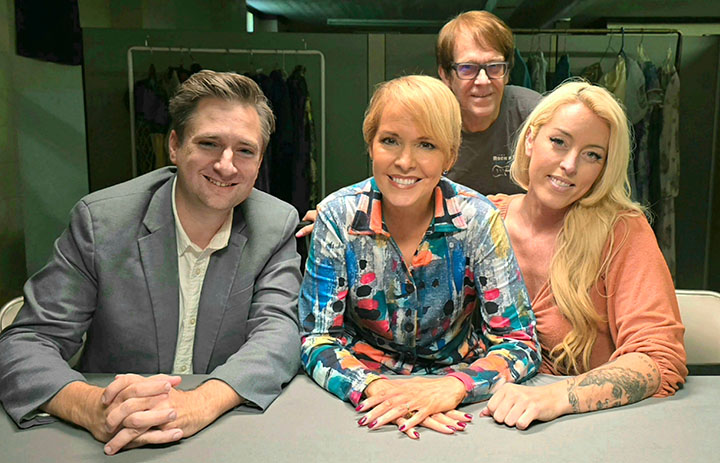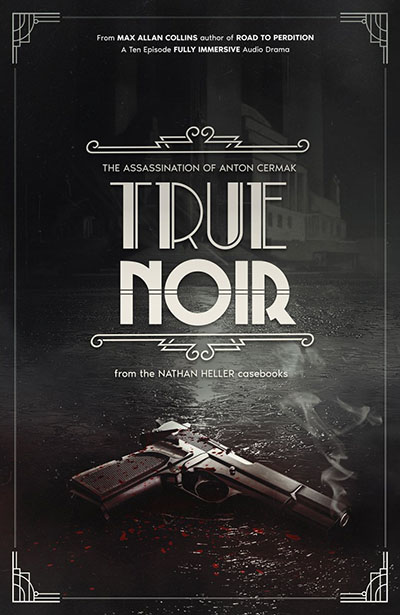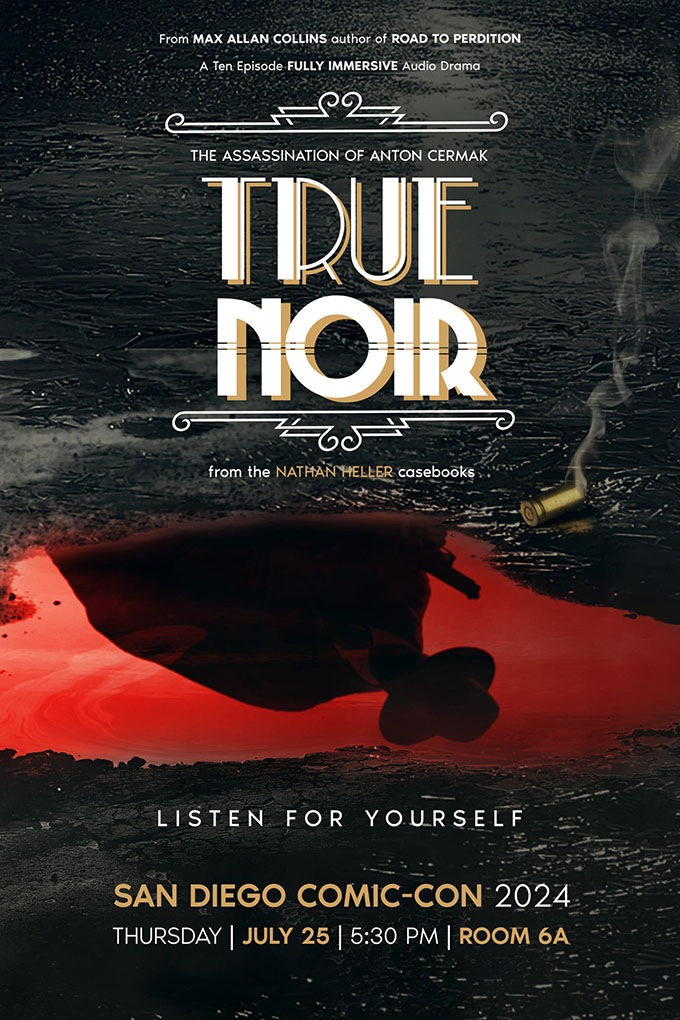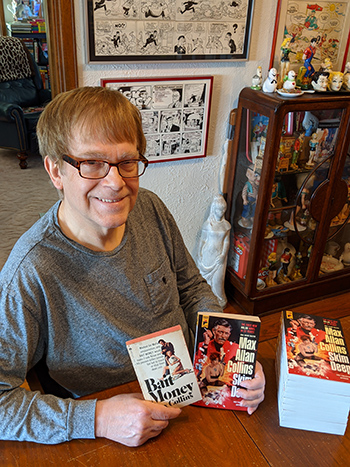Last week’s update/blog was very short and I didn’t bother to post it to the various Facebook pages that follow me. So if that’s where you generally see these posts, you may wish to catch up with last week’s right now.
The truth is last week I forgot all about writing a post until my son Nate (who handles this for me) called me last minute wondering why I hadn’t sent it. This is the first time that ever happened and I’ve been writing these weekly posts for…ever.
Am I getting old and possibly senile? At least one of those two things is true and the other may be inevitable. But let me speak just a moment about the notion that I am the hardest working man in show business. People often comment on the prodigious amount of work I turn out. My standard response is, “Nobody sends money to my house if I don’t.”
I am undoubtedly a fast writer. Not Bob Randisi fast, but pretty, pretty fast, as Larry David might say. Nonetheless the amount of work I’ve produced is based on a couple of things: (a) slow and steady wins the race, and (b) I’ve been publishing since 1972. Do the math. No, really – do the math…I’m shit at it.
Several people have commented on how amazing it is that we shot our movie Death by Fruitcake in two weeks, then turned around and had it edited and essentially finished within another three weeks (the “we” being editor/d.p. Chad Bishop and me). What gets lost in that shuffle is that we’d been planning the movie since around April and I’d been full-time on pre-production starting the first of July.
This was a kind of experiment for me to see if I could do another movie at my age. We’d done Mickey Spillane’s Encore for Murder in 2022, but that was primarily a radio-style stage play that we shot in dress rehearsal and its one performance, then edited into a movie or program or…something. (You can find it as a special feature on the expanded Mike Hammer’s Mickey Spillane Blu-ray or on its own DVD, or on several streaming services. Gary Sandy is a wonderful Hammer.)
Encore got my filmmaking juices going again and we made Blue Christmas last year for release, well, right about now or anyway very soon. Some of you know that my novella, “A Wreath for Marley,” is a favorite of mine among my work. And maybe a few know that it was planned to be the follow-up to my movie Mommy back in the mid-‘90s, but when a sequel to that surprise success shouldered its way into the front of the line, Blue Christmas got lost in the shuffle (to mix a bunch of metaphors).
Many years later (last year specifically) I figured out a way to make Blue Christmas on one set, essentially, and on a six-day schedule. My longtime collaborator Phil Dingeldein helped make that happen, and my editor/co-producer Chad Bishop brought it home.
Death by Fruitcake grew out of two things – the desire to make a second Christmas movie, since Blue Christmas was warmly received in its advance screenings and had stoked our ability to get VCI and MVD to bring it out on physical media. The other factor was the frustration Barb and I have had with our Antiques comic cozy mystery series almost becoming a TV series a bunch of times. We decided to make an indie movie and show Hollywood how it can be done.
Here is the trailer, which Chad put together and I tweaked a little bit; I think it’s rather wonderful.
And let us not forget that Blue Christmas comes out this holiday season. I was delighted when Diabolik, my favorite source for boutique physical media (that is, Blu-rays and 4K’s), picked our movie to showcase on their great site. You can pre-order it from them (or Amazon and a few other places) but here is the Diabolik link.
And in case you didn’t take a peek at it previously, here’s our Blue Christmas trailer.
Many of the Blue Christmas actors return in Death by Fruitcake, including star Rob Merritt, who is probably the most prolific and popular actor in Iowa. And we showcase Midwestern broadcasting legend Paula Sands (who was in Mommy’s Day!) and American Idol’s Alisabeth Von Presley as Vivian and Brandy Borne. They are, I have to say, wonderful in it. Barb agrees.
We hope to have a few premiere Fruitcake screenings here in Iowa yet this year, perhaps in tandem with promised runs at various Iowa movie theaters. Stay tuned for info.
But wait, there’s more!
The ten-part immersive radio drama, True Noir: The Assassination of Anton Cermak, successfully achieved its KickStarter goal and then some. You can read about it (and pre-order True Noir in several forms) right here.
In case you’ve arrived at this party late, True Noir is my 350-page adaptation of the first Heller novel, True Detective, directed by the great Robert Meyer Burnett and with an astonishing all-star cast headed up by Michael Rosenbaum. I’ve been attending many of the recording sessions via Zoom, and have heard advance examples of what Rob Burnett is turning out, and I can only say this will be one of the true (get it?) highlights of my long and lucky career.
True Noir has been getting considerable press attention. Check this out.
What else is happening?
Return of the Maltese Falcon awaits.
In other news, I have once again seen my reviled Batman work proving useful to Hollywood creators. I should say “seen,” because I haven’t watched the new Penguin series that recycles my origin of Robin (i.e., a little hoodlum who steals hubcabs). I haven’t watched the Penguin series because it’s obviously a reflection on how Batman keeps getting taken way too seriously. The whimsical villain the Penguin becoming a gritty noir character just has me shaking my head…although I realize I’m condemning something I haven’t watched, and certain people I respect like it. But, hey –- I’m the guy who never watched Wild Dog on Arrow. I had to bitch to get compensated for the use of that Collins/Beatty character, which may explain why I choose to do so little comics work these days.
Anyway, you can read about Penguin and me right here.
M.A.C.




